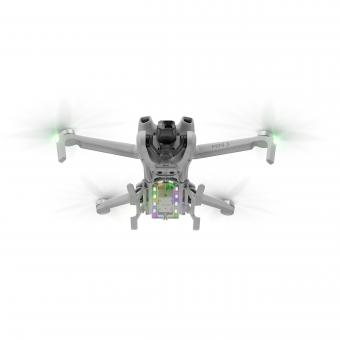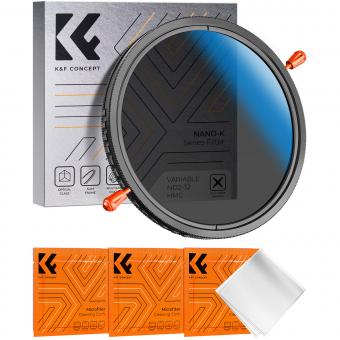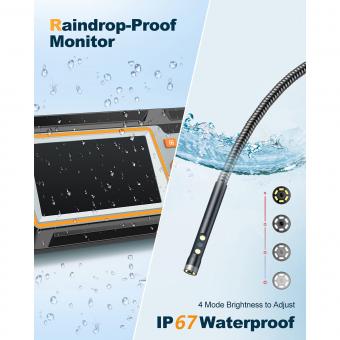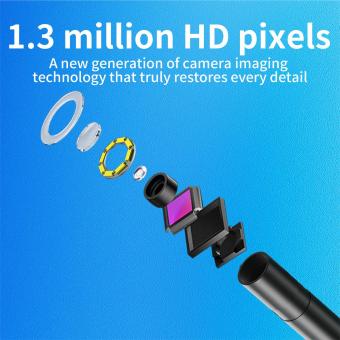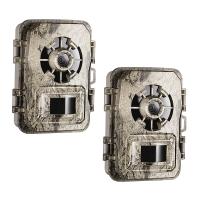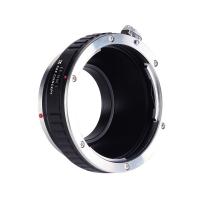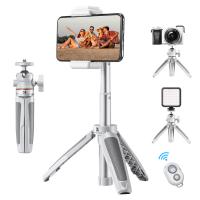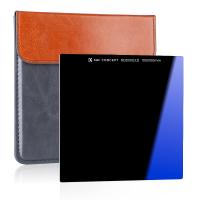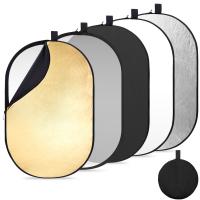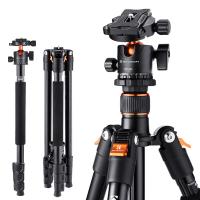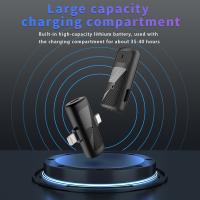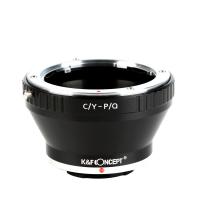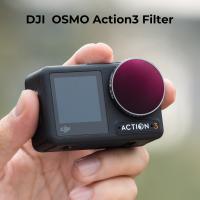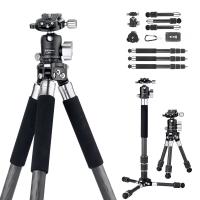How To Prepare For An Endoscopic Ultrasound Bri ?
To prepare for an endoscopic ultrasound (EUS), you may be instructed to fast for a certain period of time before the procedure. This is typically done to ensure that your stomach is empty, allowing for better visualization during the examination. Your healthcare provider will provide specific instructions regarding fasting and any necessary medication adjustments. It is important to follow these instructions carefully to ensure the success and safety of the procedure. Additionally, you may be asked to stop taking certain medications, such as blood thinners, prior to the EUS. It is important to inform your healthcare provider about any medications you are taking, including over-the-counter drugs and supplements. Lastly, you may need to arrange for someone to drive you home after the procedure, as sedation is often used during an EUS.
1、 Understanding the purpose and procedure of endoscopic ultrasound
Understanding the purpose and procedure of endoscopic ultrasound (EUS) is crucial for individuals preparing for this diagnostic procedure. EUS combines endoscopy and ultrasound to provide detailed images of the digestive tract and surrounding organs. It is commonly used to evaluate and diagnose conditions such as pancreatic cancer, gastrointestinal tumors, and gallbladder diseases.
To prepare for an EUS, it is important to follow the instructions provided by your healthcare provider. These may include fasting for a certain period before the procedure, typically around six hours, to ensure the stomach is empty. Medications that may interfere with the procedure, such as blood thinners, may need to be temporarily stopped. It is essential to inform your healthcare provider about any allergies, medical conditions, or medications you are taking.
During the procedure, a thin, flexible tube called an endoscope is inserted through the mouth or rectum to reach the area of interest. The endoscope contains a small ultrasound probe that emits sound waves to create detailed images of the organs. Sedation or anesthesia may be used to ensure comfort during the procedure.
The latest point of view regarding EUS is the advancement in technology, which has improved the quality and accuracy of the images obtained. This allows for better visualization of small lesions and precise targeting during biopsies. Additionally, the development of miniaturized ultrasound probes has expanded the applications of EUS, enabling the examination of areas that were previously difficult to access.
In conclusion, preparing for an EUS involves following specific instructions provided by your healthcare provider, including fasting and medication adjustments. Understanding the purpose and procedure of EUS is essential for patients to feel informed and prepared. The latest advancements in technology have further enhanced the capabilities of EUS, making it a valuable tool in diagnosing and managing various gastrointestinal conditions.

2、 Preparing for the fasting and dietary restrictions before the procedure
Preparing for an endoscopic ultrasound (EUS) procedure involves several important steps, including fasting and dietary restrictions. These measures are necessary to ensure a clear visualization of the gastrointestinal tract and accurate results. Here is a guide on how to prepare for an endoscopic ultrasound:
1. Fasting: Your doctor will provide specific instructions on how long you need to fast before the procedure. Typically, you will be asked to avoid eating or drinking anything for at least six hours prior to the EUS. Fasting helps to empty the stomach, making it easier for the ultrasound probe to obtain clear images.
2. Medications: Inform your doctor about any medications you are currently taking. They will advise you on whether to continue or temporarily stop certain medications, especially blood thinners, as they may increase the risk of bleeding during the procedure.
3. Dietary restrictions: In addition to fasting, you may be asked to follow a specific diet in the days leading up to the EUS. This may involve avoiding high-fiber foods, such as whole grains, nuts, and seeds, as well as certain fruits and vegetables. These restrictions help to minimize bowel gas and ensure a better view during the procedure.
4. Hydration: While fasting, it is important to stay hydrated. Drink clear liquids like water, clear broth, and apple juice up until the instructed time before the procedure. However, avoid carbonated beverages and drinks with pulp.
5. Arrange transportation: EUS is usually performed under sedation, which can impair your ability to drive afterward. Arrange for someone to accompany you to the procedure and drive you home afterward.
It is important to note that these guidelines may vary depending on the specific instructions provided by your doctor. Always follow their recommendations for the best preparation.
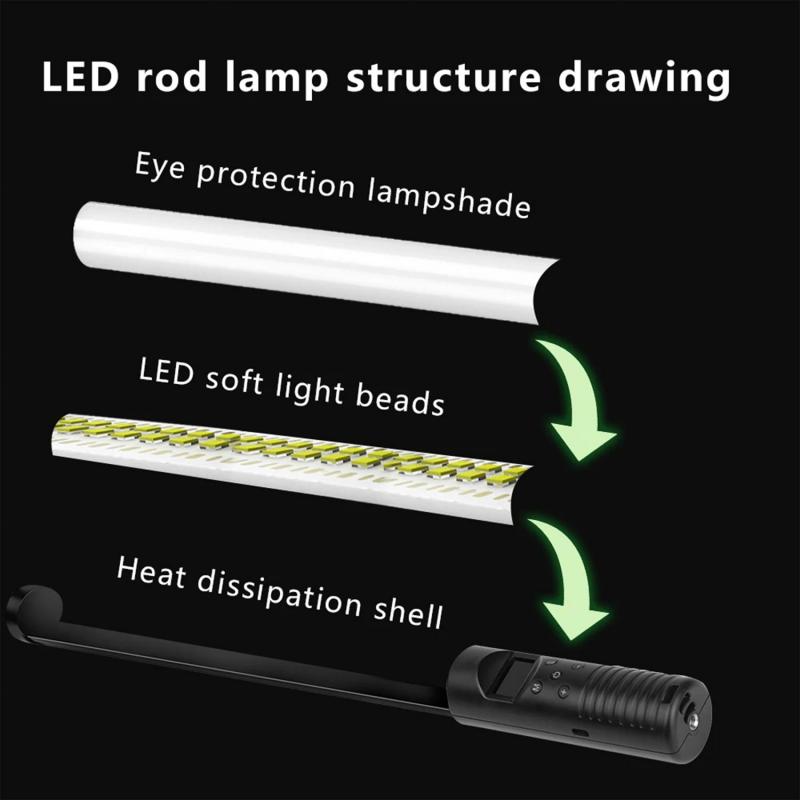
3、 Discussing any medications or allergies with your healthcare provider
Preparing for an endoscopic ultrasound (EUS) procedure involves several important steps to ensure a safe and successful examination. One crucial aspect is discussing any medications or allergies with your healthcare provider. This step is essential to avoid any potential complications during the procedure.
When preparing for an EUS, it is important to inform your healthcare provider about all the medications you are currently taking, including prescription drugs, over-the-counter medications, and any herbal supplements. Certain medications may need to be adjusted or temporarily stopped before the procedure, especially if they can interfere with the EUS or the sedation used during the examination. Your healthcare provider will provide specific instructions regarding which medications to continue or discontinue.
Additionally, it is crucial to disclose any known allergies or adverse reactions to medications or substances. This information helps the healthcare team take necessary precautions to prevent any allergic reactions during the procedure. Allergies to medications, latex, or any other substances used during the EUS should be communicated to your healthcare provider.
It is worth noting that medical guidelines and recommendations may evolve over time. Therefore, it is essential to stay up to date with the latest information regarding medication management and allergy precautions for EUS procedures. Your healthcare provider will be able to provide you with the most current guidelines and address any concerns or questions you may have.
In conclusion, discussing any medications or allergies with your healthcare provider is a crucial step in preparing for an endoscopic ultrasound. By providing accurate and up-to-date information, you can help ensure a safe and successful procedure. Always consult with your healthcare provider for the most recent guidelines and recommendations.
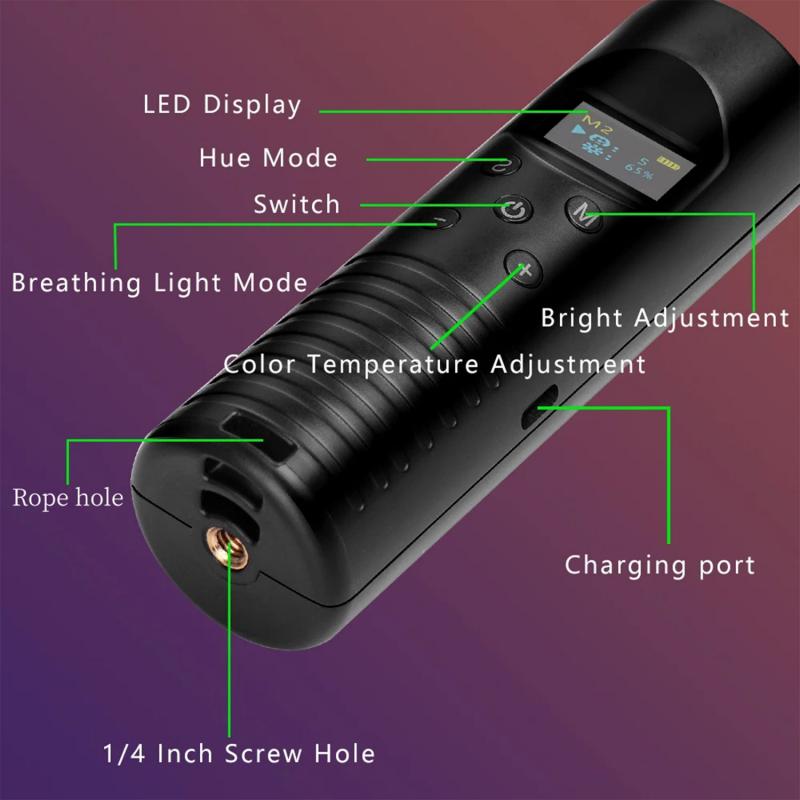
4、 Arranging for transportation to and from the medical facility
Arranging for transportation to and from the medical facility is an important aspect of preparing for an endoscopic ultrasound (EUS) procedure. EUS is a minimally invasive procedure that uses an endoscope with an ultrasound probe to examine the digestive tract and surrounding organs. It is typically performed on an outpatient basis, meaning patients can go home the same day. However, due to the sedation involved, it is important to have someone accompany you and arrange transportation to and from the medical facility.
When preparing for an EUS, it is crucial to have a reliable transportation plan in place. This ensures that you can safely travel to the medical facility and return home after the procedure. Depending on the sedation used, you may not be able to drive yourself, so having a family member or friend available to drive you is essential.
In light of the ongoing COVID-19 pandemic, it is also important to consider the latest guidelines and recommendations regarding transportation. It is advisable to wear a mask during the journey and maintain social distancing whenever possible. If public transportation is the only option, it is recommended to follow the guidelines provided by the transportation authorities, such as wearing a mask, using hand sanitizer, and avoiding crowded areas.
Additionally, it is a good idea to plan for any potential delays or traffic congestion that may occur on the day of the procedure. Leave ample time to reach the medical facility, taking into account rush hour traffic or any other factors that may affect travel time.
In conclusion, arranging for transportation to and from the medical facility is a crucial step in preparing for an endoscopic ultrasound procedure. It ensures your safety and allows you to focus on the procedure without worrying about transportation logistics. Stay updated with the latest guidelines and recommendations, especially in light of the COVID-19 pandemic, to ensure a safe and smooth journey.






